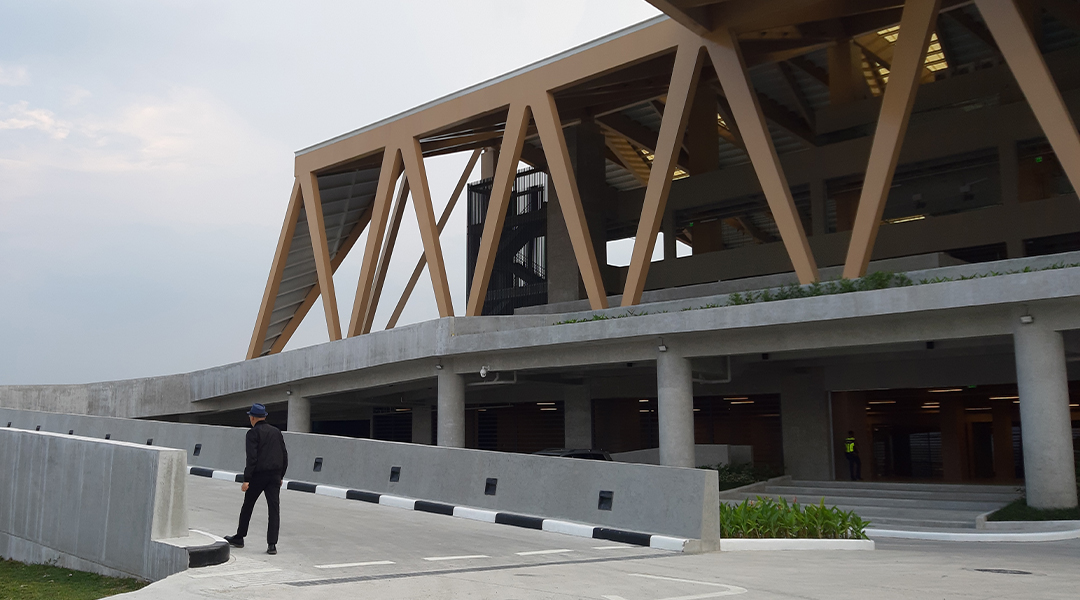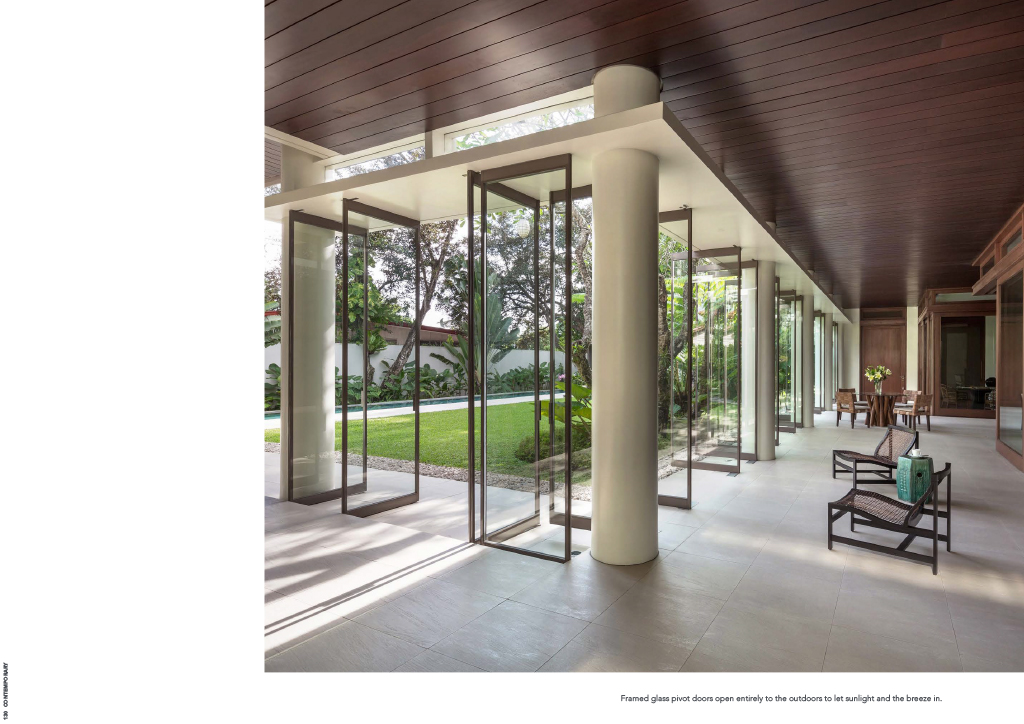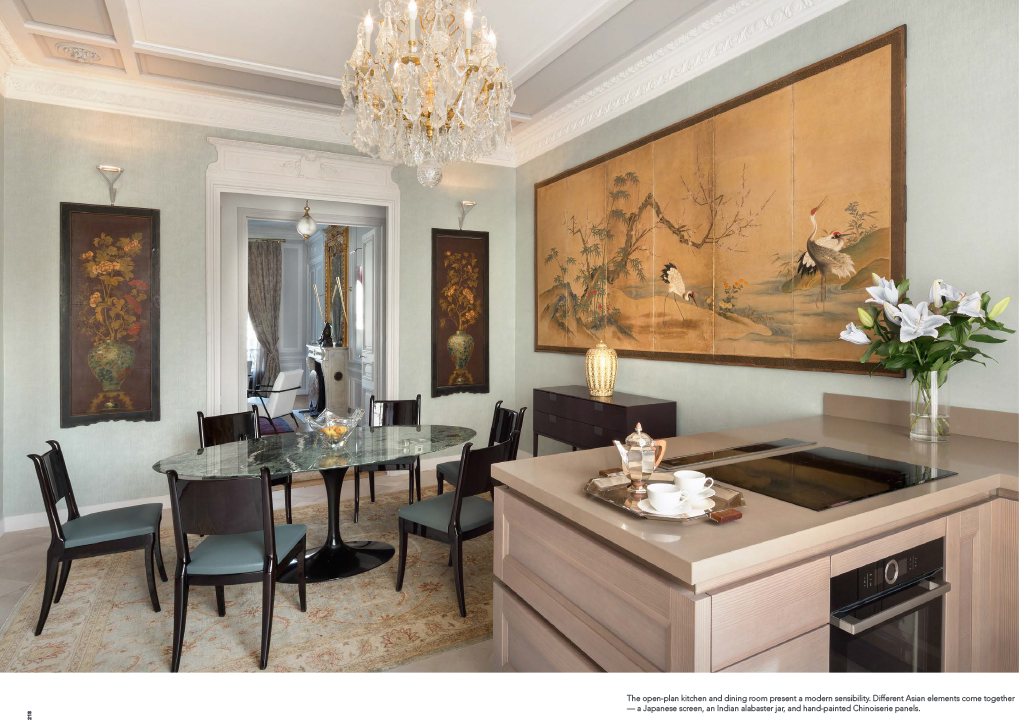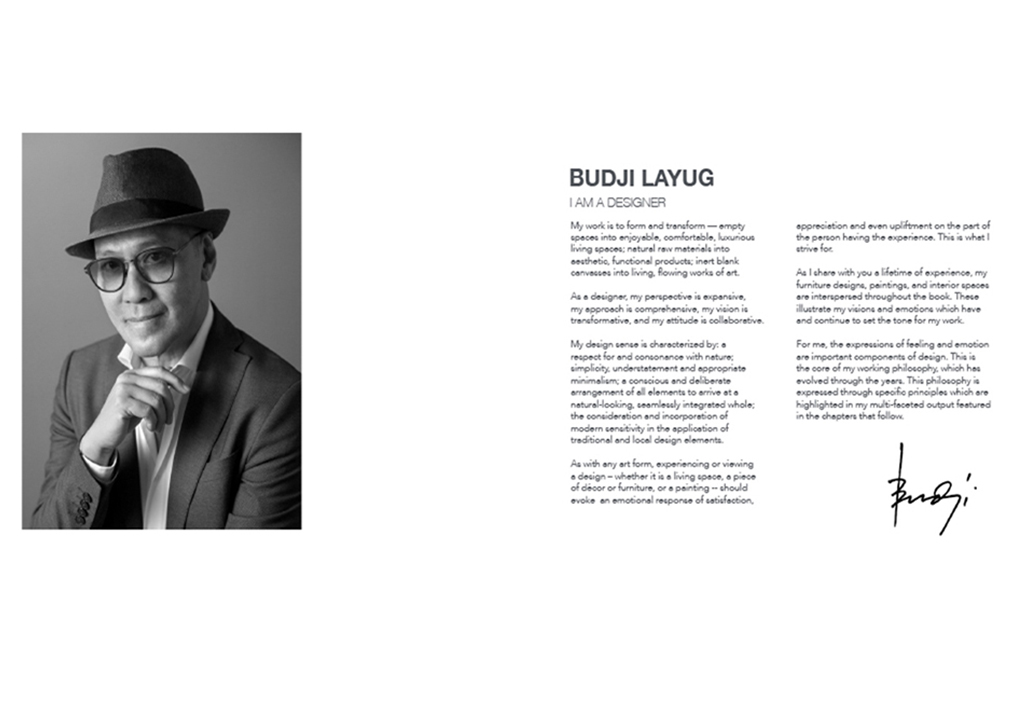
Budji Layug Walks Us Through His Design Journey
Granting BluPrint an exclusive preview of his latest book, “Budji: Design Journey”, illustrious designer Budji Layug emphasizes the essence of building connections, collecting lessons, and leaving great impressions. Budji looks back on all the fundamental experiences that brought him to the success of publishing his very first book.
“The world became my classroom. And adventure was my subject,” Budji shares as he reminisced the beginning of his design journey, traveling from one country to the next while discovering and building his own identity.
BluPrint: Was publishing a book ever a childhood dream?
Budji: Not at all. Growing up, I was kind of more free when it comes to ambition. Along the way, I developed my gift for creativity. Also, it was my mom who gave me the idea of publishing a book, I owe it to her. She’s also my inspiration for writing the book, which what you will see in the dedication.
What are the memories you most look back on in your design journey?
It would probably be the time I decided to study abroad. As a child, I was always free-spirited. At a very young age, I started traveling – learning about different cultures, seeing different art styles, witnessing student revolutions, and others. At 17, I was in New York, and it was as if I was lost in wonderland. That was the first time that I realized that the world is a playground for me to discover.
Little by little, I started developing a style that was particularly natural, particularly with my sensibility, particularly with the Filipino sensibility – with a modern interpretation of the craft and the materials into modern living spaces. This was mostly inspired by the bamboo, the very instrument that made me develop my innate creativity, something that I still integrate into my designs today.
Is there a single experience you would consider to be your favorite?
I don’t think so. All of them made me the person I am today. Each part is different, you learn every time you do something else. I believe one thing very important is that you enjoy each one.
How do you feel as you flip through the first printed copy of the book?
To finally bring it to this level, I’m happy. It took four years for this to happened and I can say that it’s satisfying, at the same time relieving. To finally do this book, I learned more about myself, about how much I needed to understand myself deeper, and the real meaning of my journey as a designer and as a Filipino.
Tell us more about the book’s cover.
The cover basically shows how I transitioned. In front, you will see a portion of a staircase, free-flowing, symbolizing my journey. Spreading the cover and seeing the back, there’s furniture. Here, I want people to know that I am neither just a furniture designer nor an interior designer. I am a designer; I express myself with no boundaries.
Why did you want to highlight the design journey?
Design spells prosperity. I want to show Filipinos that design is something that will spur a progressive, prosperous Philippines. I want to uplift the standards to a higher level. With design, you can inspire the country to dream, move forward, and see all the possibilities.
What about foreign audiences? What would you want them to feel when they read your book?
I think that if I have to convey to foreigners, it would be that different cultures can still compliment each other. I think there is a certain acceptance of how we can work together, live together, design together, and respect each other.
Apart from your experiences and your sense of style, what does “Budji: Design Journey” reflect?
My three philosophies in designing. You see there are 6 chapters in the book, one representing a different design style. But, in all of these, I exercised three philosophies, I always exercise these philosophies: 1) know your client, 2) respect the place, and 3) bring your own sensibility.
Knowing your client is the priority because it’s not just about finding out what they want. Rather, it’s about establishing relationships with them, communicating with them.
Respecting the place is very personal for me. Whenever I visit a location and plan the design, I usually leave things as they are, you do not change the entire identity of the place, you build around it. You adapt to the setting, you harmonize with the environment.
Of course, to me, bringing your own sensibility is very important. This is all about having your own style, manifesting your ideas, showing people what you value in design. Your personality is never borrowed, you never lose it.
We know that the entire book reflects you as the designer, how much would you say the book reflects you as a person?
The same. It shows how much I love simplicity, understatement, the luxury of space, openness, honesty, integrity of design, a holistic approach – it’s all me.
In the book, you will also see a few compositions made by people that are close to me, people that I care about. I believe this compliments the way that I want to present myself to people, collecting insights from those that have been part of my design journey.
Now that you are finally launching the book, what would you say is the real meaning of your design journey?
I believe it’s being able to reveal the character of who we are. We are tropical, fun-loving, hospitable people, and it reflects in the design of openness and welcoming of spaces with the use of natural Filipino materials. I believe that is me and that is also the character of Filipinos. Wherever I go, I carry this character with me. I will always carry this character with me.
Here are a few more spreads from “Budji: Design Journey” before the launch:



Here’s an exclusive preview of the Editor’s note:

BUDJI LAYUG
I AM A DESIGNER
My work is to form and transform — empty spaces into enjoyable, comfortable, luxurious living spaces; natural raw materials into aesthetic, functional products; inert blank canvasses into living, flowing works of art.
As a designer, my perspective is expansive, my approach is comprehensive, my vision is transformative, and my attitude is collaborative.
My design sense is characterized by: a respect for and consonance with nature; simplicity, understatement and appropriate minimalism; a conscious and deliberate arrangement of all elements to arrive at a natural-looking, seamlessly integrated whole; the consideration and incorporation of modern sensitivity in the application of traditional and local design elements.
As with any art form, experiencing or viewing a design – whether it is a living space, a piece of décor or furniture, or a painting — should evoke an emotional response of satisfaction, appreciation and even upliftment on the part of the person having the experience. This is what I strive for.
As I share with you a lifetime of experience, my furniture designs, paintings, and interior spaces are interspersed throughout the book. These illustrate my visions and emotions which have and continue to set the tone for my work.
For me, the expressions of feeling and emotion are important components of design. This is the core of my working philosophy, which has evolved through the years. This philosophy is expressed through specific principles which are highlighted in my multi-faceted output featured in the chapters that follow.
“Budji: Design Journey” will be launched tonight at Shangri-La, The Fort.
To grab a copy of the book, contact Angela from BUDJI+ROYAL at 0917 632 9708. Watch out for details and announcements via BUDJI+ROYAL:
facebook: /budjiroyal
Instagram: @budjiroyal
Images courtesy of BUDJI+ROYAL Architecture+Design
READ: Budji Layug is Launching a Book! Here’s How it Happened


